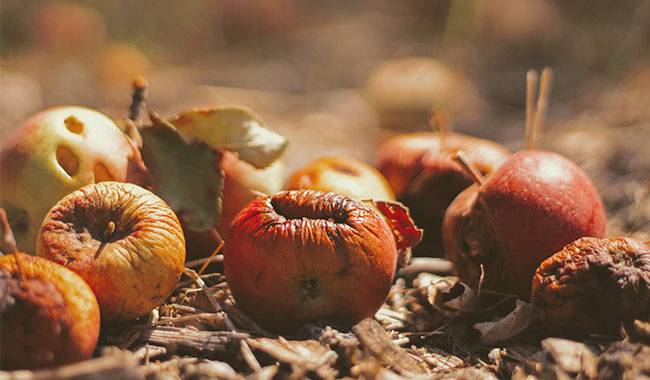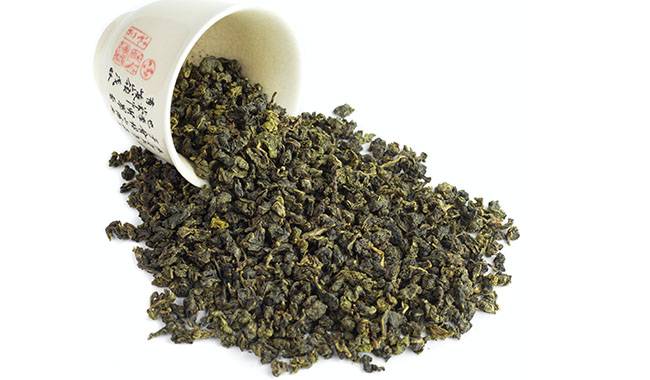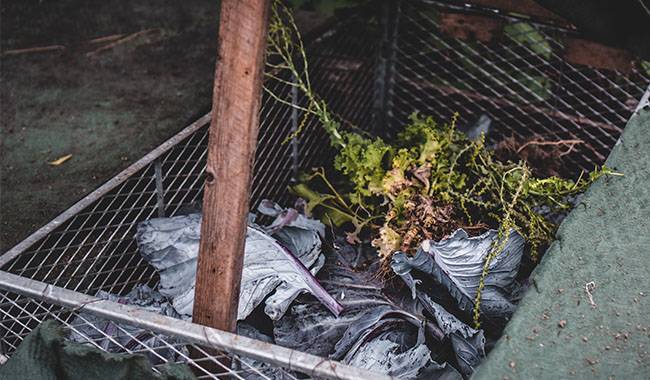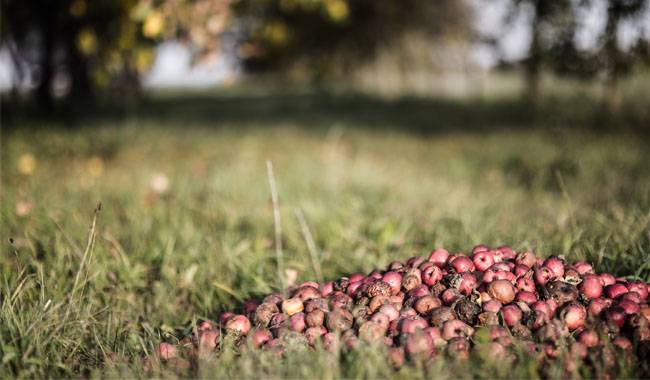
Every fall, columns of smoke rise from the plots from homes and families. Despite the fact that building a fire, even on one’s own property, is an administrative offense punishable with a fine. Many people still dispose of all the plant residue in huge bonfires.
Everything is used: cut branches, weeds, stubble from vegetable crops, the remains of repairs and old furniture. Needless to say, the “clean” fire also gets some things that are not vegetables: plastic containers and other household garbage.
But if you don’t burn it, where will you put it all? There aren’t many options for actually using vegetable waste on-site. And we’re not just talking about composting.
ABOUT THE HAZARDS AND USELESSNESS OF BURNING PLANT WASTE
We can calculate, over time, its emissions and quantities in the ambient air, as well as its health hazards. We will leave this question to chemists and medical doctors.
I would like to pay attention to another important aspect, everyone is free to do whatever they want in their own garden but the main thing is that it should not cause harm to other people.
Thus, a campfire with corrosive smoke is a very clear example of complete neglect of its surroundings. If that smoke rises like a column, that’s a good thing, but what if it doesn’t?
If it spreads like a suffocating wave to neighboring houses? At night, you may want to open your windows to fresh air before going to bed, but in return, you will receive burning smoke.
You can’t change your mind and the answer is: “Take it where? They say that they even try to make a “scientific” argument for these benefits.
- we eradicate diseases (phytoplasma epidemics)
- destroys the seeds of weeds.
- and, in general, ashes are a good fertilizer.
But all these arguments are, to put it mildly, untrue. First of all, plant disease spores are not only on top, but in the soil, and in general, they are everywhere.
Furthermore, drag the tractor to the burn and you will seed your land with those spores.
Weed seeds are as ubiquitous as a disease. You can burn an entire plot, but next year the weeds will pop up again; they will be stored in the ground for many years.
So how many of these seeds are carried away by the wind? After all, many are like fluff, light in weight, or have wings. And they fly for quite a distance. And those that can’t fly are carried by birds and animals.
Of course, ash is fertilizer, but it is – if you burn the wood of trees, and not all of it is rich in the right elements. So, what to do with the remains of plants, if not burn them?
WHERE TO DISPOSE OF HERBACEOUS WASTE?
Let’s start with the “soft stuff”: leaves, grass, moss, hay, and straw. A good traditional option is to put them in a compost pile. It can be used as mulch in the root areas of trees and shrubs so you don’t have to loosen the soil as often.
You can spread them between the rows of vegetable crops (in this case, of course, without seeds).
I do it even simpler: pick the stuff, where it is, and leave it in the bed, but the roots go up – an excellent mulch that slowly recovers and becomes part of this very bed. It is both friable and nutritious.
If your plot is not well developed and is new, then grass clippings can be used to fill in irregularities (holes). As they gradually decompose, they will settle down and level the relief of the plot.
This filler is absolutely necessary when creating raised beds, as well as when creating beds in greenhouses and conservatories.
By the way, in this case, one should not worry about the seeds of weeds, because they will be covered by a thick layer – no less than 12inch (30 cm) of good soil from above, and they have no chance to germinate.
If you have poultry, you can throw all the green grass into an aviary, where it is processed much faster.
With leaves, it’s easy: we leave them directly under the tree, removing them only from the path and backfilling the bed. The leaves themselves will not add nutrients, but the soil structure will be much improved and they will attract worms, who know how to fertilize.
WHERE DO YOU DISPOSE OF EXCESS FRUIT AND VEGETABLE HARVESTS?
Sometimes there are too many fruits and vegetables harvested to eat, to process, and as they say, “nowhere to go”. In this group, we can add various vegetable peels from the kitchen and generally everything juicy.
All can be put in the compost pile, or put in the bed at once so as not to take it to the grow bed twice. But there is a problem: in warm times, everything will have flies and wasps, juicy and sweet, and in cold periods, in late autumn, it will attract unwanted mice.
And, to put it mildly, the smell produced by this waste is not to everyone’s liking. Therefore, it is worth covering it at once with soil or a thick layer of other organic matter (grass).
There is an old grandfather’s method (I had such an obligation in my childhood) to collect all the fallen fruits, dig a hole at the end of the garden, throw everything there and cover it with earth.
But why bury such valuable material at the edge of the garden, when it can serve the interests of the trees?
It is worth digging trenches between trees or bushes and dumping all that soft, juicy, and decaying stuff in there, but also backfill with soil.
You can circle down just at the roots, but be sure to cover the cut grass, weeds, hay, or straw. Everything will be recycled and give the plants nutrients by spring.
WHERE TO DEAL WITH PRUNING BRANCHES OF TREES AND SHRUBS?
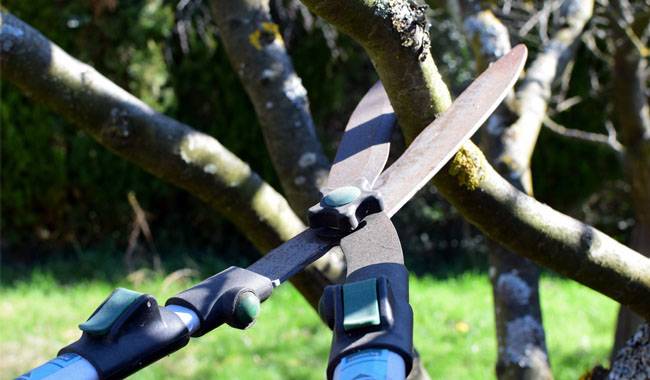
Pruning branches of trees and shrubs, the thick stalks of corn, sunflowers, maize – it’s a real fall problem. They take up a lot of space, don’t decompose as easily as biodegradable materials, and don’t do well for May roasts. What to do?
Stove owners don’t have such a problem, and those who don’t have a stove should consider purchasing an electric garden shredder. It’s a great device – it actually eats the wood, producing fine shreds which are useful for mulching different plants.
Useful, beautiful, and practical. But it’s in the dream. But actually, how does it become?
Smaller branches can be stacked in a plot as a separate pile. Trim its edges and irregularities (preferably with a chain saw) and surround the outside with something thicker and larger.
Such a pile can be used as a basis for creating relief on the site. Agree, a flat level place – it is suitable for a vegetable plot, but it is not good to walk on its wind. And a flat place is not so pleasing to the eye.
On top of this pile of garbage, you can add soft vegetable waste, covered with soil. It should be compacted, covered with footprints, and in the spring when the pile settles a little, the first plants can be planted on it.
The branches are thick, but they will gradually decompose, providing nutrients and warmth to the green plants growing on them. It is best to plant groundcovers as pioneers; they have shallow root systems and do a good job of keeping the soil from sliding off.
ANY PLANT DEBRIS – IN RAISED BEDS OR DEEP BEDS
If there are parts of construction debris or old furniture (very thick branches and trunks are fine), you can make a kind of box and put the same inside with twigs, vegetable waste from the kitchen, grass, weeds, etc.
Top it off with soil. Excellent raised bed for growing many crops (cucumbers, zucchini, squash). Even with heating, due to the processes that occur internally. It is not very beautiful and crooked?
This can be emphasized by making a frame with thick branches that look natural, or hoping that the summer foliage of the plant will hide everything.
There are 2 other options that may be useful for site owners in dry climates. It is worth noting not to make high beds, which dry out quickly, but instead, make deeper beds.
However, it is worth making a frame for the beds below ground level in order to keep the soil from slipping off the path. Old boards, beams, and tree trunks are suitable for this purpose.
There is an experience of growing moisture-loving crops (raspberries) on logs. The logs were required to be decayed, porous, and water-retaining. They are buried to a depth of 16-20inch (40-50 cm) and covered with fertile soil where the plants are grown.
During irrigation, saturated with water, the plants are then gradually supplied with water. And over time, they are an additional source of nutrients during the decomposition process.
You may have noticed that all the methods described for dealing with plant waste on the plot boil down to their return to the ground. They grow out of the ground, in the ground, and must be returned. That’s the philosophy of gardening.
You can come up with many such approaches and there are certainly your own. I try to apply several at once.
Some things go into the compost pile in the fall, some things go right into the beds, and some things go into a big pile (the pile so far) that will then turn into a real landscape mound from the north to cover the plantings.
WHERE TO DISPOSE OF WALNUT LEAVES?
Also about the use of walnut leaves. It is known that these leaves contain a Juglone substance, which has a negative effect on other plants (that’s why walnuts don’t grow much underneath).
You can use these leaves in winter to provide insulation for the outbuilding. I have a mountain of these leaves insulated in a pit near my water well. You can let them rot for 1 year and put them directly under the nuts (pile them up).
After a year, they have done minimal damage and you can use them as mulching material.
I have experience introducing such decaying walnut leaves under raspberries. However, on top of the already existing layer of mulch, another layer of mulch was then added on top this season.
Thus, in the “diluted” form, walnut leaves can also be used by all the described methods, but only as a small additive, not exceeding 25% of all the leaves laid.
Let’s summarize: All herbs can be used and have benefits. If you have a fire, then grill kebabs or fish on the grill (plastic you certainly will not throw there).
Good luck!




